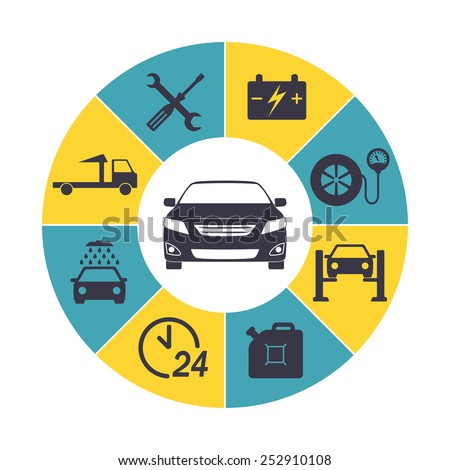Recognizing Your Vehicle'S Warning Lighting: What Do They Truly Mean?
Recognizing Your Vehicle'S Warning Lighting: What Do They Truly Mean?
Blog Article
Team Writer-Termansen Winters
When you're behind the wheel, those radiant caution lights on your control panel can be a bit difficult. Do you recognize what they're trying to tell you concerning your car's wellness? Comprehending the relevance of these lights is essential for your safety and security and the long life of your automobile. So, the following time one of those lights appears, wouldn't you intend to decipher its message precisely and take the needed steps to resolve it?
Common Warning Lighting and Interpretations
Recognize typical caution lights in your auto and comprehend their definitions to make sure secure driving.
One of the most normal caution lights include the check engine light, which signals problems with the engine or exhausts system. If this light begins, it's critical to have your car inspected immediately.
The oil stress alerting light suggests low oil stress, calling for prompt interest to prevent engine damages.
A blinking battery light may suggest a defective billing system, possibly leaving you stranded if not attended to.
The tire stress monitoring system (TPMS) light notifies you to low tire pressure, affecting vehicle security and fuel performance. Overlooking car seat shampooing near me can lead to dangerous driving conditions.
The abdominal light suggests a problem with the anti-lock stopping system, jeopardizing your ability to quit promptly in emergency situations.
Last but not least, the coolant temperature level alerting light warns of engine getting too hot, which can lead to serious damages otherwise solved quickly.
Comprehending these common caution lights will help you attend to issues immediately and preserve secure driving problems.
Significance of Prompt Focus
Understanding the typical warning lights in your auto is just the very first step; the importance of quickly addressing these warnings can not be stressed enough to ensure your safety and security on the road.
When a warning light illuminates on your dashboard, it's your vehicle's way of connecting a potential issue that requires interest. Neglecting these cautions can lead to a lot more serious troubles later on, endangering your safety and security and possibly costing you extra in repairs.
Prompt attention to warning lights can protect against breakdowns and crashes. As an example, a flashing check engine light can suggest a misfire that, if left neglected, could create damages to the catalytic converter. Addressing https://www.monroenews.com/story/news/local/2022/04/05/local-business-owner-sues-monroe-county-sheriffs-office/7268651001/ can conserve you from a pricey repair.
Likewise, a brake system warning light could signal low brake fluid or used brake pads, important elements for your security when driving.
Do It Yourself Troubleshooting Tips
If you observe a warning light on your dashboard, there are a few do it yourself fixing ideas you can attempt prior to looking for professional help.
The first step is to consult your cars and truck's guidebook to comprehend what the details caution light shows. In some cases the concern can be as simple as a loosened gas cap activating the check engine light. Tightening up the gas cap may settle the trouble.
One more typical issue is a low battery, which can set off numerous cautioning lights. Examining the battery connections for rust and guaranteeing they're safe might repair the issue.
If a caution light lingers, you can try resetting it by separating the cars and truck's battery for a few minutes and after that reconnecting it. Furthermore, checking your lorry's liquid levels, such as oil, coolant, and brake liquid, can help troubleshoot alerting lights associated with these systems.
Conclusion
In conclusion, recognizing your car's caution lights is crucial for maintaining your car running smoothly and safely. By quickly attending to these informs and understanding what they suggest, you can prevent pricey repairs and prospective malfunctions.
Keep in mind to consult your automobile's manual for certain information on each alerting light and do something about it accordingly to ensure a hassle-free driving experience.
Remain educated, stay risk-free on the road!
